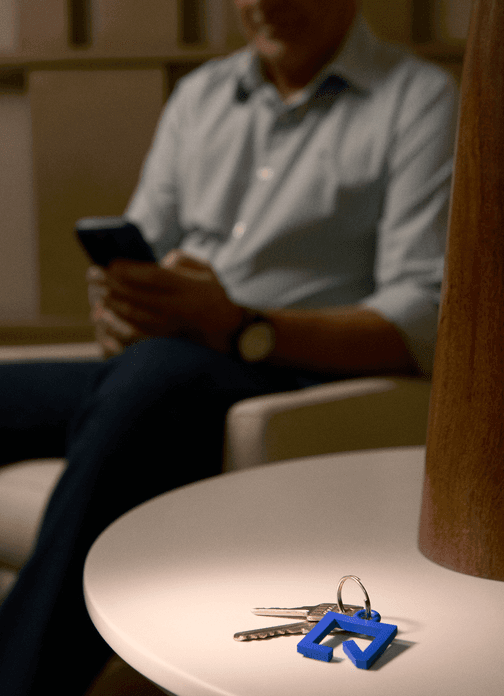Research
As part of the QuintoAndar Compliance team, there was a need to understand users' relationship with privacy and identify opportunities to improve both the user experience and internal processes. The goal was also to establish ongoing contact with diverse user profiles through continuous research.
Methodology.
For this initial phase, we opted for qualitative research, inviting at least five representatives from each user category: Sellers, Buyers, Owners, and Renters.
The study was conducted between October and December 2021, focusing on users from the South and Southeast regions who had completed contracts within the past three months. A total of 26 participants were interviewed: 18 from São Paulo, 4 from Porto Alegre, and 4 from Rio de Janeiro.
Execution.
To gain insights into privacy perceptions, the interview guide covered topics such as:
Users’ understanding of privacy at different points in their journey, from brand awareness to post-service experience
General perceptions of security and risk
Detailed user profiles, including age, occupation, and location, to account for the wide age range among participants
Recruitment was carried out with support from the UX research team, while PMs took notes during the interviews.
I was responsible for other key activities, such as defining participant profiles, scheduling interviews, conducting the sessions, and analyzing the data.
There were few dropouts during the interviews compared to previous studies, and participants appreciated the iFood voucher incentive.
Analysis.
Using the interview notes, I identified common response patterns across the user journey and highlighted general conclusions. The design team also reviewed the responses asynchronously to uncover product-related insights.
The findings were compared with national and international market data, as well as potential future scenarios involving global privacy regulations like LGPD.
The interview results reinforced existing quantitative data from external research and helped shape both a current snapshot and future exploration strategies.
Key Learnings.
Discussing security and privacy can often alarm users, so it’s important to approach these topics in a positive and preventive manner that maintains trust in the product.
A recurring concern with digital products was the lack of a physical point of contact. This may be linked to new market entrants during the pandemic, who have less experience with digital services, as well as the generally older age demographic involved in high-stakes transactions.
Next Steps.
Based on the research, we proposed several follow-up actions:
Repeat the study after LGPD matures further in the national market
Collect more post-contract feedback from users and collaborators, such as photographers and real estate agents
Conduct deeper research on users over 50 to understand their digital channel perceptions and their interactions via alternative channels like WhatsApp with agents
Test and improve the website’s messaging around trust and data security
CONCLUSION
*
CONCLUSION *
This research highlighted that privacy-related incidents can significantly impact user adoption and create friction throughout the service journey. As the market matures and QuintoAndar expands into financial services, privacy concerns will likely become more prominent, with users expecting clearer messaging about their data security.
Following the principles of Privacy by Design, we must take a preventive, not reactive, approach. Preparing users for potential issues builds trust and strengthens brand loyalty, ultimately reducing the impact of privacy incidents.
Team Members
Daniela Claudino, Felipe Betassi, Livia Martins, and Otho Faustino.





